Electricity comes out of the socket!
Electricity has become such a part of our everyday lives that we simply consume it and don't give it any further thought. But what happens in the background? Is the electricity we use every day efficient at all? Everyone is talking about the energy transition. By installing more and more photovoltaic systems on our roofs, we are doing our bit in terms of ecological electricity generation, but the future doesn't stop there. Ultimately, it's about optimising the entire system! It is not only the production of electricity that needs to be changed, but also the efficiency of the energy in its application. After all, solar electricity is DC electricity - but our households are AC.
What is DC?
DC means "direct current" and means exactly that. This means that the strength and direction of the current do not change. We know direct current (DC) from the car as a 12-volt cigarette lighter or the 5-volt USB plug for the mobile phone.
DC grids that work with direct current are still rather rare. They are also known as DC microgrids or DC links. They are usually smaller decentralised networks within neighbourhoods, areas, commercial enterprises or energy cooperatives (ZEV).
What is AC?
AC means "alternating current". In this case, the strength and direction of the current change in a regular rhythm. Our entire household works with alternating current (AC): the 230 V refrigerator, the drill or the electric cooker with 400 V three-phase AC/three-phase current. The electricity from the socket that is taken for granted everywhere is 230 V single-phase alternating current.
The public electricity grid with its overhead power lines, our connection to the house or commercial enterprise and in neighbourhoods or areas is alternating current (AC).
A question of sense about energy efficiency
Renewable energy systems work with direct current (DC), because the energy produced by your photovoltaic system is DC electricity. The same applies to wind turbines, biogas plants, fuel cells or other electricity producers. This energy is converted into alternating current (AC) via inverters and either consumed in households or commercial enterprises or fed into the public alternating current (AC) grid. However, we do not want to discuss the issue of expensive electricity purchases from the utility company or poor feed-in tariffs for self-produced electricity here. It is about the conversion losses due to the multiple transfer from DC to AC and vice versa. The same applies to the problems of critical grid connection power when feeding large amounts of energy into the public AC grid.
Your computer, your TV, your e-vehicle, LED lamps or electric motors of your machines work with direct current (DC) - everywhere in your household or business there are, visibly or invisibly, built-in power supplies with current transformers that have to transform the 230 V current (AC) from the socket back into direct current (DC) of a lower voltage in order to operate the devices. If the electricity from your photovoltaic system is DC electricity and many appliances also need DC electricity, then why the constant conversion from DC direct current to AC alternating current and back again? Because these conversions mean a loss of energy each time and thus impair energy efficiency. Valuable electricity is wasted "senselessly". The answer to this question of why can be found, among other things, in the history of electricity.
The war of the currents – A short journey into the history of energy grids
In 1890, Thomas Alva Edison (General Electrics) and George Westinghouse (Westinghouse Electric) engaged in the first economic battle over a technical standard in industrial history. This battle went down in history as "The war of the currents". The point of contention was the market share of the respective electrical companies and the enforcement of DC or AC power grids as the electrical standard in the USA. Edison stood for direct current and many patents in this area, which he paid dearly for. As a result, free competition and innovation were hindered. Because of these patent restrictions, Westinghouse favoured alternating current, which was free under patent law.
By the end of 1887, Edison had 121 DC grids and Westinghouse, along with the Thomson-Houston Electric Company, had 90 AC grids in the US, which hindered the expansion of Edison's grids.
Each company had its own line systems, some of which crossed and overlapped. For many years, the two opponents waged a media war, with Edison attempting to banish his opponent from the market via the danger of alternating current in the public opinion. The great advantage of alternating current, however, was its enormous range in the networks and it finally became the standard towards the end of the 19th century.
You can find out more details about the war of the currents at: https://en.wikipedia.org/wiki/War_of_the_currents
Two interesting films illustrate this period in "Edison – a life full of light" and "Tesla", which depicts the role of Nikola Tesla as the inventor of today's two-phase alternating current.

Always stay up to date
To make sure you don't miss anything, subscribe to our sporadic newsletter with exciting articles about ecological battery storage and the latest information about our systems.
No, we don't pester you incessantly. The development of good products is closer to us than writing. We just want to share something interesting with you from time to time. Or inform you about system updates.
Today's problem
Increased power consumption
Compared to the end of the last century, electricity consumption has increased enormously. The electrification of households and commercial enterprises is causing electricity consumption to rise steadily. Especially with the switch to electric vehicles, an exploding increase is expected in the next few years. The massive emergence of charging will pose major challenges to the current infrastructure. The growing energy consumption in the IT sector with the increasing number of data centres is also swallowing up large amounts of energy.
Rising energy costs
The price of electricity for private households has been on an upward trend in most countries for years. In Germany, for example, the price of electricity has more than doubled in 20 years. And the trend is still moving upwards. Against this background, generating and using electricity yourself is an attractive alternative. Due to the poor reimbursement rates to the grid, storing one's own energy is an increasing topic for homeowners in order to additionally reduce electricity bills and gain more independence through self-energy optimisation.
Renewable energy and the energy transition
Renewable energy does not come regularly. When the sun or wind generates energy, it does not mean that this energy will be consumed somewhere at the same moment. The intermediate buffering of increased electricity production is a major challenge. Therefore, at times when hardly any energy is produced, conventional power plants are needed in order to still be able to serve all consumers. The energy transition cannot currently be implemented without conventional technology in large grids. It is a system-relevant challenge of old and new energy production as well as the control of a very uneven energy production and consumption volume.
Capacity expansion of the electricity grids
The enormous energy production volume due to renewable energies as well as the rapidly increasing energy consumption poses massive problems for our existing power lines. The expansion of the grids to meet the new requirements is associated with high costs. Peak loads of high energy production and high consumption at different times must be constantly balanced and regulated across the board. And the energy transition 2050 requires even more photovoltaic coverage. Often, the full power of a PV system cannot even be used due to lower grid connections.
In the coming years, many new energy-neutral neighbourhoods and districts will be built. These local initiatives are successful, cost-efficient and environmentally friendly. More and more, many private energy providers with their own small grids will emerge, autonomously and self-sufficiently supplying their precincts. History seems to be repeating itself: a new electricity war between DC and AC grids is imminent – at least on an idealistic level, because both systems are perfectly capable of coexisting and even benefiting from each other. With hindsight, was Edision right with his idea of DC networks?
The World in Transition – The war of the currents 2.0
For a centralised power supply with centralised energy production, AC power with its large established range has a clear advantage. However, electricity production is becoming more and more decentralised through renewable energies, such as small photovoltaic systems on many house roofs and the growing number of large PV systems. With regional DC grids and their shorter range, the large AC grids can be relieved enormously. Hand in hand with the electricity companies, mutual support is possible through grid relief and better energy efficiency. Peak loads in production no longer have to be balanced and can be consumed or stored directly in the DC grid. The high costs of expanding AC grids are saved. In addition, the full potential of photovoltaic systems can be used directly within a DC microgrid.
The vision of many small decentralised DC grids is in its beginnings. Due to its high energy efficiency, this technology is becoming more and more popular. This is because DC-produced solar power no longer needs to be converted, but goes directly to DC consumers such as heat pumps, battery storage or e-vehicles. The self-produced DC electricity can now be used with much lower losses (without conversion losses).
A special DC power cable (DC link) serves as a connection between the power producers and the power consumers. Depending on the consumer, the DC current is either fed directly to the DC consumers via highly efficient DC/DC converters or frequency converters and to the AC consumers (such as a household) via a DC/AC inverter or fed into the grid.
The near future means partially or completely converting residential areas, commercial enterprises or other large buildings to DC. Lighting systems, e-charging stations or fuel cells can receive DC power directly. Within a ZEV, DC consumers can be supplied directly from the DC grid via frequency converters such as heat pumps or infrared heaters. A commercial enterprise can operate the electric motors of its machines directly from its own solar system via frequency converters with its own DC power. Much is possible, much is in the concept drawers, much is in the process of change.
Learn more about our modern and energy-efficient DC mains solutions DConnect®.


